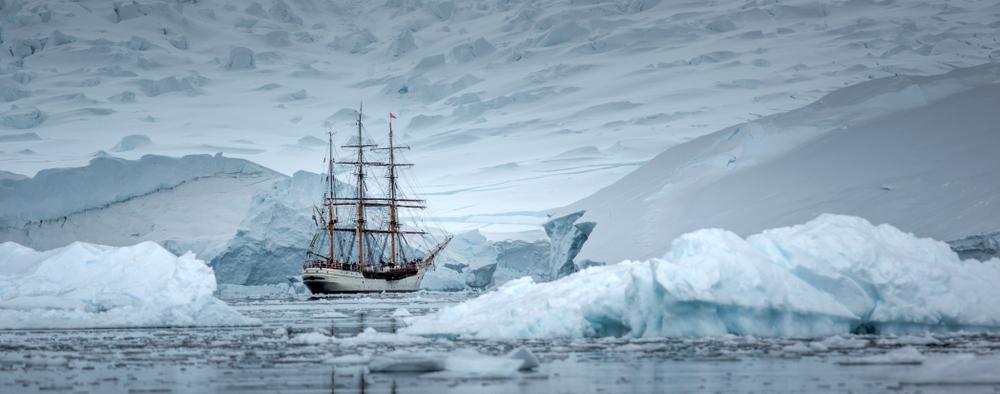Remember when you were younger and the first snow fell? Powdered magic floated down from the sky and created an immaculate canvas for you. Stepping outside into this foreign world, you let wonder and joy take you anywhere. By the time you came back inside, everything was numb. But what an adventure!
This wonderful sense of adventure drives Edward E. Hale’s short story “The Last Voyage of the Resolute,” as he details the Arctic journey of the British ship Resolute. With the aid of his imagination, he paints a picture of this ship, filling in the gaps where historical accounts end. Despite being abandoned in the Arctic, the Resolute and its crew persevere, and they survive as a symbol of ultimate adventure.






